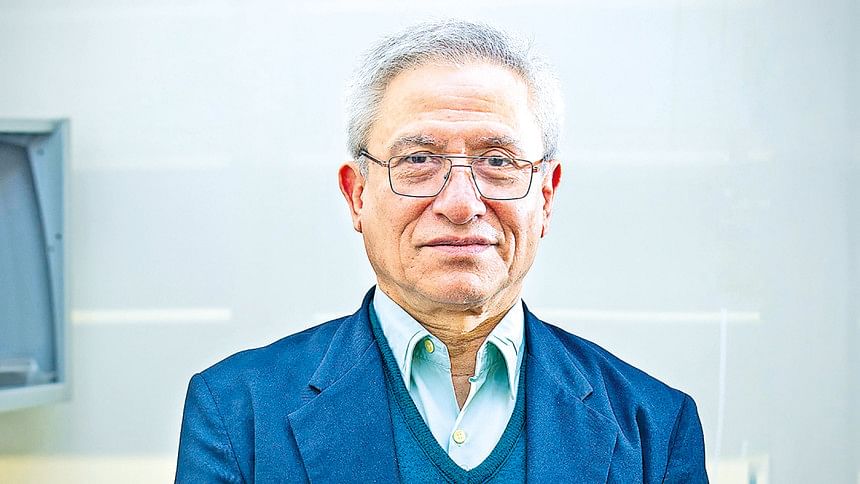Spike in GDP growth: hard to fathom

There was no doubt that the growth in gross domestic product (GDP) in FY21 was better than the growth in FY20 even though the pandemic was present with all its ferocity in both years.
When the Bangladesh Bureau of Statistics (BBS) came up with its preliminary estimate of 5.4 per cent growth based on data for the first 6-7 months of FY21, this seemed quite reasonable.
But the second wave of Covid-19 struck Bangladesh in the second half of the year, forcing the government to impose a prolonged lockdown to contain the spread of the virus.
The lockdown disrupted the entire economy except the production for export as factories were allowed to stay open. We, therefore, saw an improvement in export growth in the second half of FY21.
Can this export turnaround explain the difference between the preliminary and final estimate of GDP growth?
The answer is a clear negative because what matters in the growth calculation is the balance of exports and imports described as "resource balance" in the BBS's GDP estimate from the expenditure side.
Import growth also increased significantly in the final estimate compared to the provisional. As a result, the excess of imports over exports is 56.3 per cent higher in the final estimate relative to the provisional.
This means, other things equal, the final estimate of GDP growth should have been lower because of the larger negative resource balance in the final estimate relative to the provisional estimate.
This leaves domestic demand as the other possible explanation. There are two components of domestic demand: consumption and investment.
Household real consumption growth is 5 percentage points higher in the final estimate relative to the preliminary estimate.
What happened in the second half of FY21, notwithstanding the lockdown, to boost consumption expenditure so much?
Even official remittances, which boomed in FY21, cannot explain this because the total official remittances received in the second half was $11.83 billion compared to $12.94 billion in the first half.
Real investment growth increased from 4 per cent in the preliminary estimate to 8.1 per cent in the final estimate.
This is hard to reconcile with the 2.7 per cent nominal growth, implying negative real growth, in the government's Annual Development Program expenditures and the 8.4 per cent nominal growth, implying only 2.8 per cent real growth, in credit to the private sector in FY21.
Note that the import of capital goods picked up significantly in nominal dollar terms in the second half of FY21, but this alone cannot account for the entire increase when juxtaposed with other related data.
Therefore, it is overall hard to fathom where such a significant increase in the final estimate of GDP growth relative to the provisional came from.

 For all latest news, follow The Daily Star's Google News channel.
For all latest news, follow The Daily Star's Google News channel. 



Comments